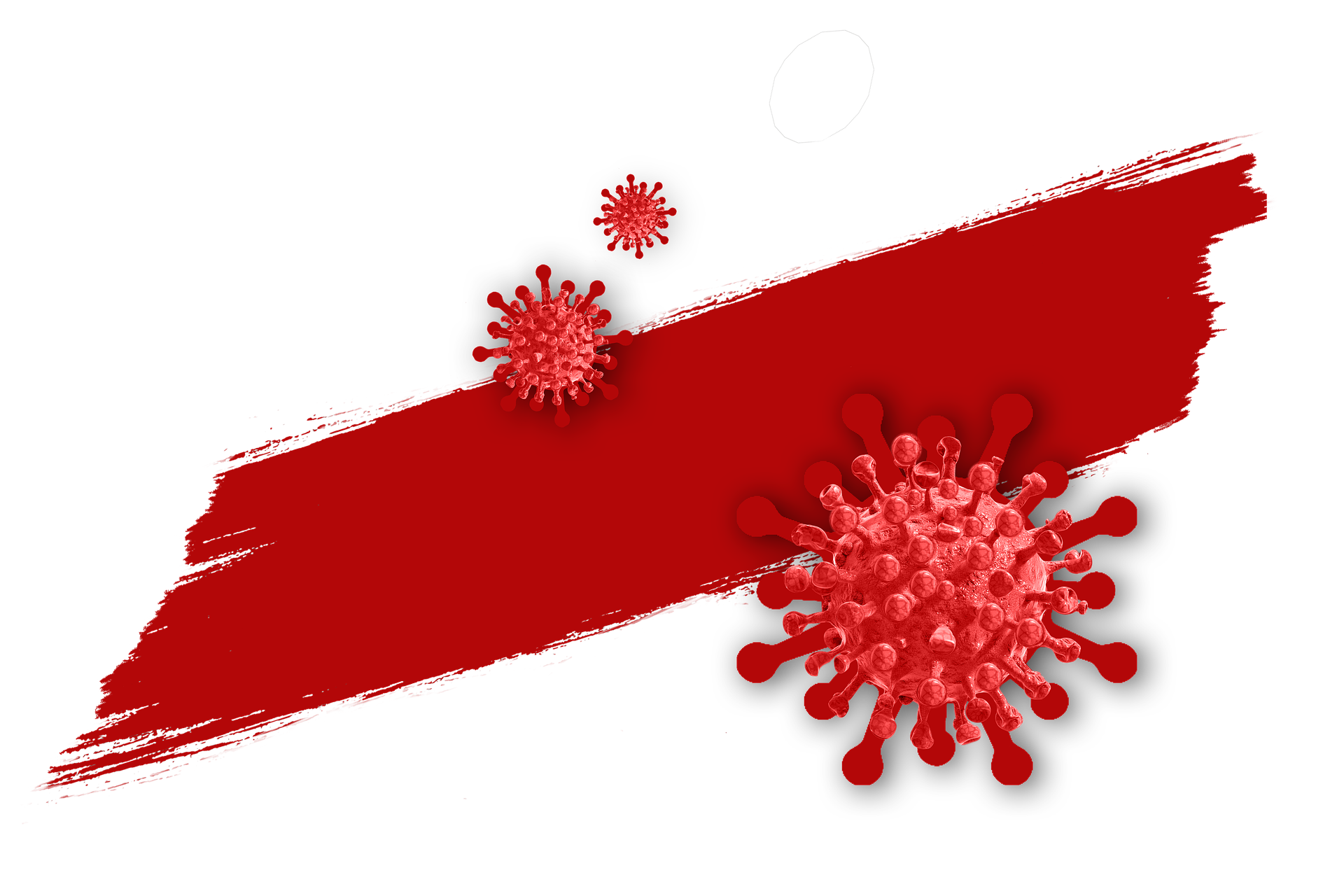In Austria, it is no longer the coronavirus that is causing most infections but the rhinovirus, according to figures from MedUni Vienna and the Austrian Health Insurance Fund. The former has caused the positive rate to rise to 23 percent, while SARS-CoV-2 was “only” detected in 13 percent of tests in the last week of October. This means the rhinovirus has caused almost twice as many infections as the coronavirus.
The rising number of colds is also reflected in the number of sick days. After a significant drop in coronavirus infections in calendar week 44, the number of cases of flu and colds rose to 63,051 in week 45. Overall, there was an increase of more than 20 percent in sickness notifications across Austria within one week.
The typical rhinovirus symptoms
cough
Sore throat
Runny nose
Runny nose
Headache and
aching limbs
Fever
Watery eyes
Although the rhinovirus is highly contagious and spreads mainly via contaminated surfaces (where viruses can survive for hours), it is not dangerous for most people. The symptoms, including fever, headache, aching limbs, cough, runny nose and sore throat, usually subside within seven to ten days. However, people with a weakened immune system or existing respiratory disease are particularly at risk, as they can develop serious complications such as pneumonia.
- source: oe24.at/picture: pixabay.com
This post has already been read 1774 times!



